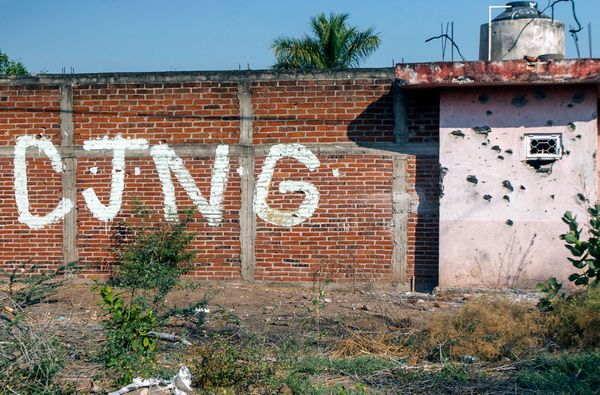Contrasting economic factors — unemployment on the one hand, and the availability of easy money on the other — have led to the devastating rise of substance abuse and drug addiction in five northwestern States.
According to a recent study — with a central focus on Punjab, but also covering Haryana, Himachal Pradesh, Rajasthan and the Jammu division of Jammu and Kashmir — these are the two main economic reasons behind drug addiction in 80% of cases surveyed in these States.
The study, titled ‘Dynamics of Drug Addiction and Abuse in North West India: Social, Economic and Political Implications’, was commissioned by the Indian Council of Social Science Research (ICSSR) and completed at the Centre for Research in Rural and Industrial Development (CRRID). It was carried out Ranjit Singh Ghuman, a professor of eminence (economics) at Guru Nanak Dev University in Amritsar, along with Gurinder Kaur and Jatinder Kaur, assistant professors at CRRID.
Vicious cycle
“Unemployment and disguised unemployment on the one hand, and easy, quick and ill-gotten money on the other hand, are the two prominent economic factors behind the supply of and demand for drugs. A significant proportion of working-poor amongst the employed, due to massive under-employment, low-paid-employment and uncongenial working conditions further create an environment for the expansion of the drug business. The drug addicts from poor families, in order to meet the expenses of their daily dose, get entangled in drug-pedaling, and those from rich families get easy money from parents often by way of emotional blackmailing,” Dr. Ghuman told The Hindu.
“The generation of easy and quick money through smuggling and peddling of drugs is a powerful push and pull factor for drug-smugglers who in turn get patronisation from some political leaders and the police officials,” he added.
Starting young
According to the study, 4% of addicts were younger than 17 years old, though about 72% were between 15 and 35 years old. About 10% started taking drugs before they turned 14, while 65% started between the ages of 15 and 20 years and 18% were introduced to the habit when they were between 21 and 25 years.
The study — which was conducted from February 2017 to June 2019 — also highlights the 10 major drugs which are commonly consumed in these States. They include: heroin (chitta), opium, tramadol, poppy husk (bhukki), cannabis (bhang/sukha), marijuana (ganja/smack), buprenorphine, codeine, hashish (charas), and cocaine.
“Some of the drugs are more popular and some are less popular across the states. Heroin is more popular in Punjab and Jammu and Kashmir (J&K) than the other three States. The use of opium is higher in Punjab and Haryana. Poppy husk is a preferred drug in the Malwa region of Punjab, Haryana and Rajasthan. Tramadol is more popular in Punjab and the use of cannabis is higher in Himachal Pradesh and J&K. As compared to other States the use of Marijuana is higher in Haryana, Punjab and J&K. Buprenorphine is more popular in Punjab and Haryana. The use of Codeine is higher in J&K. Cocaine is also used, though by a small number of addicts, in almost all the States,” it says.
The study suggests that, to curb the drug menace, the government and all other stakeholders will have to break the supply chain by controlling the drug supply from within and outside the country, and by curbing the demand for drugs by addressing the fundamental causes behind the demand.







